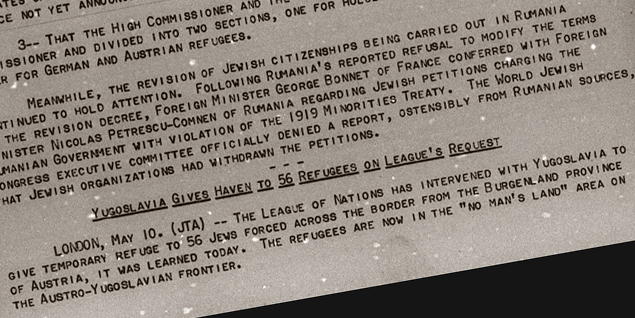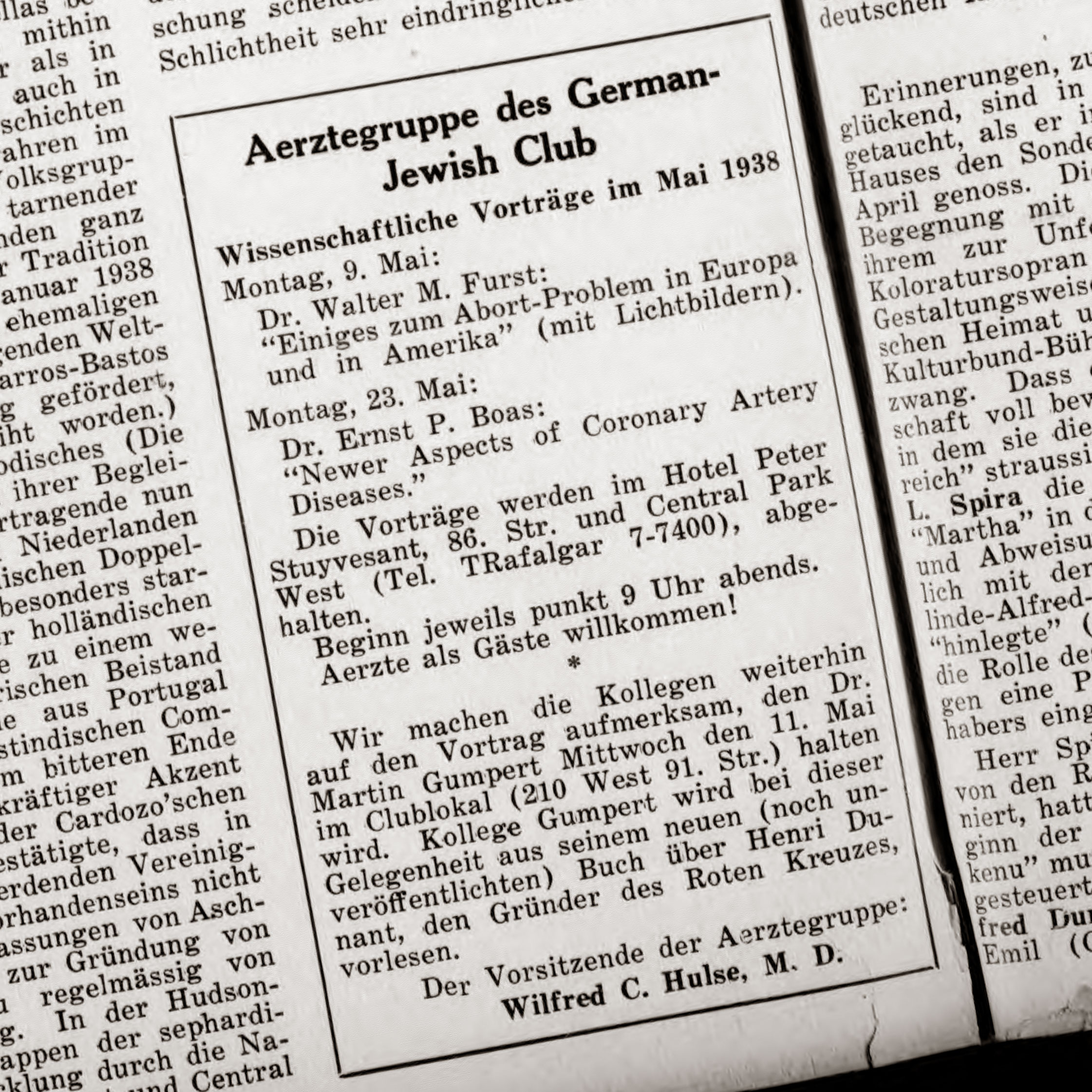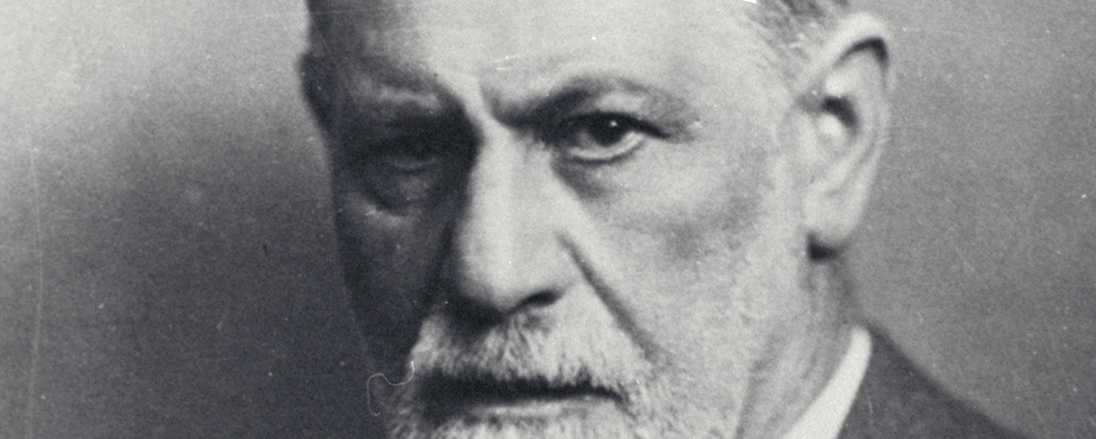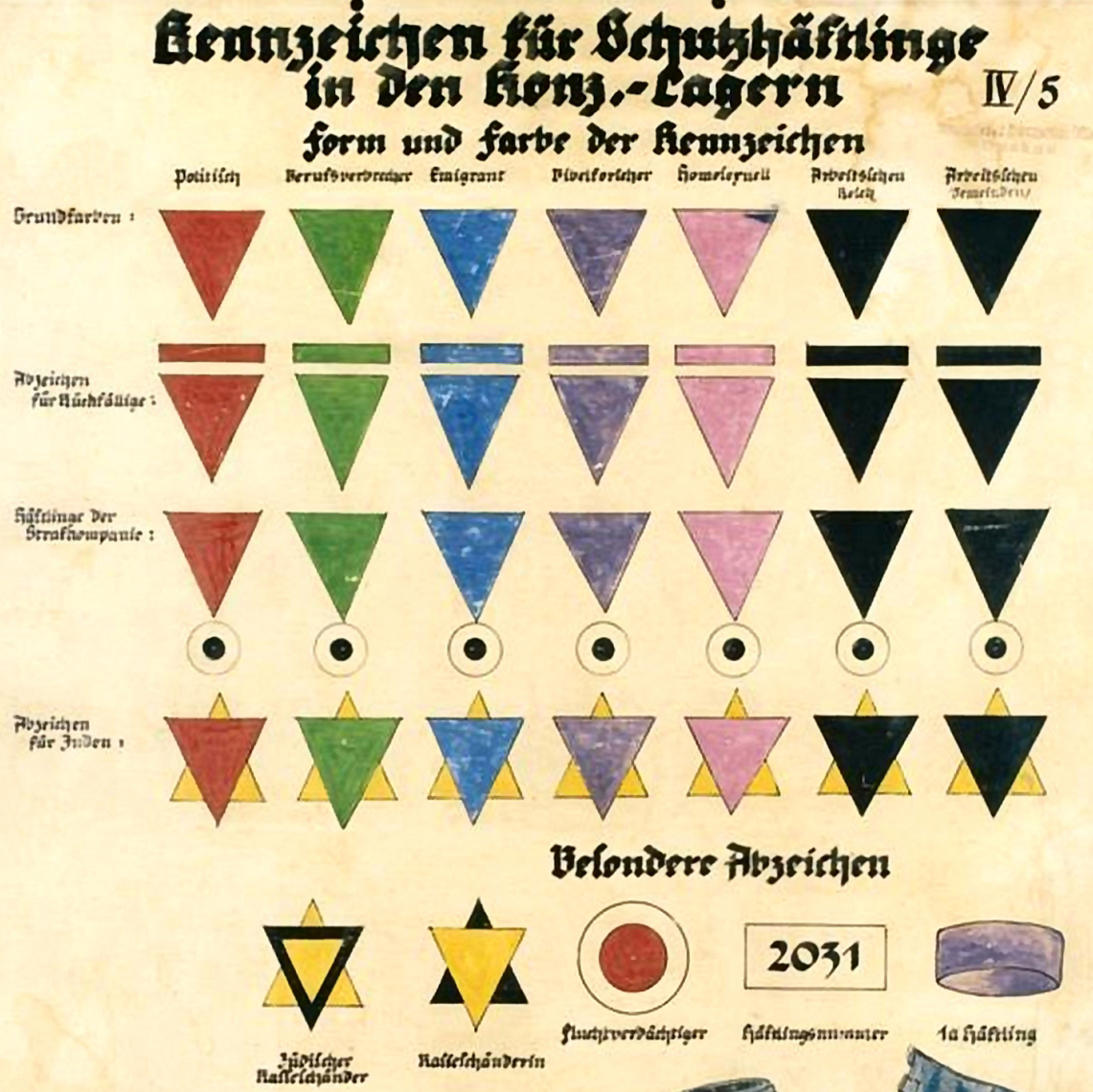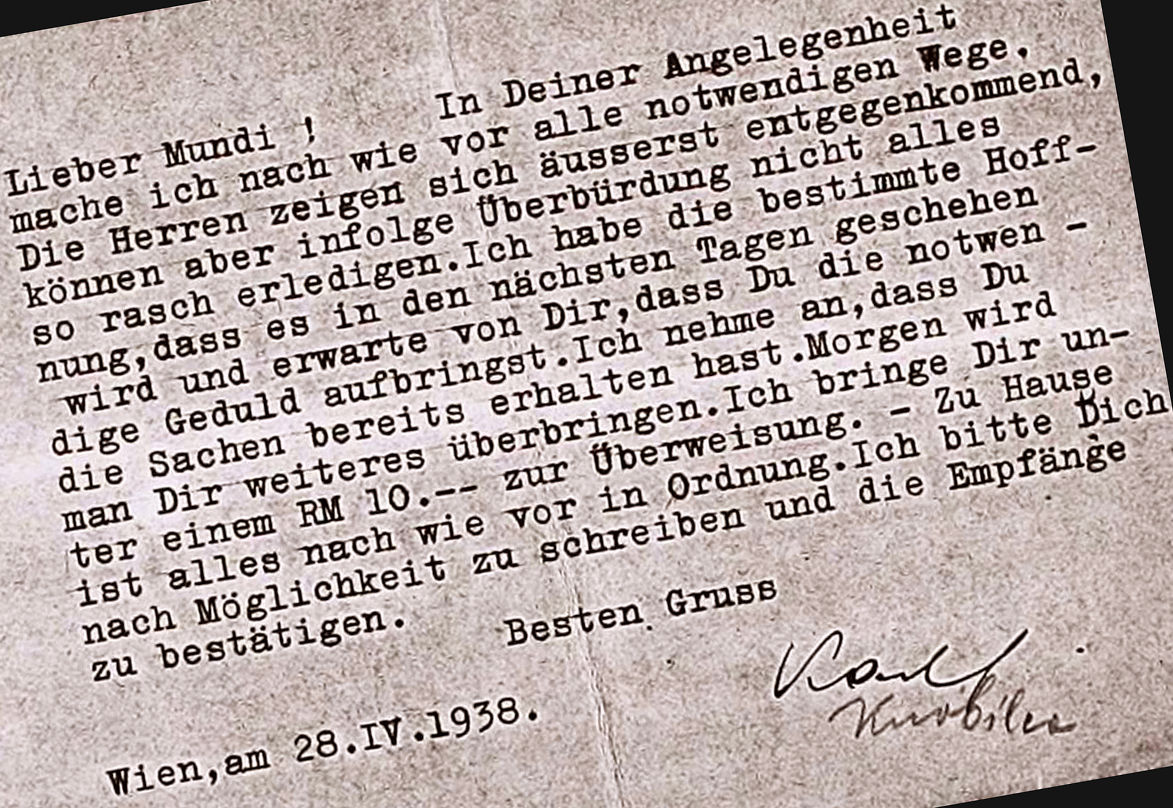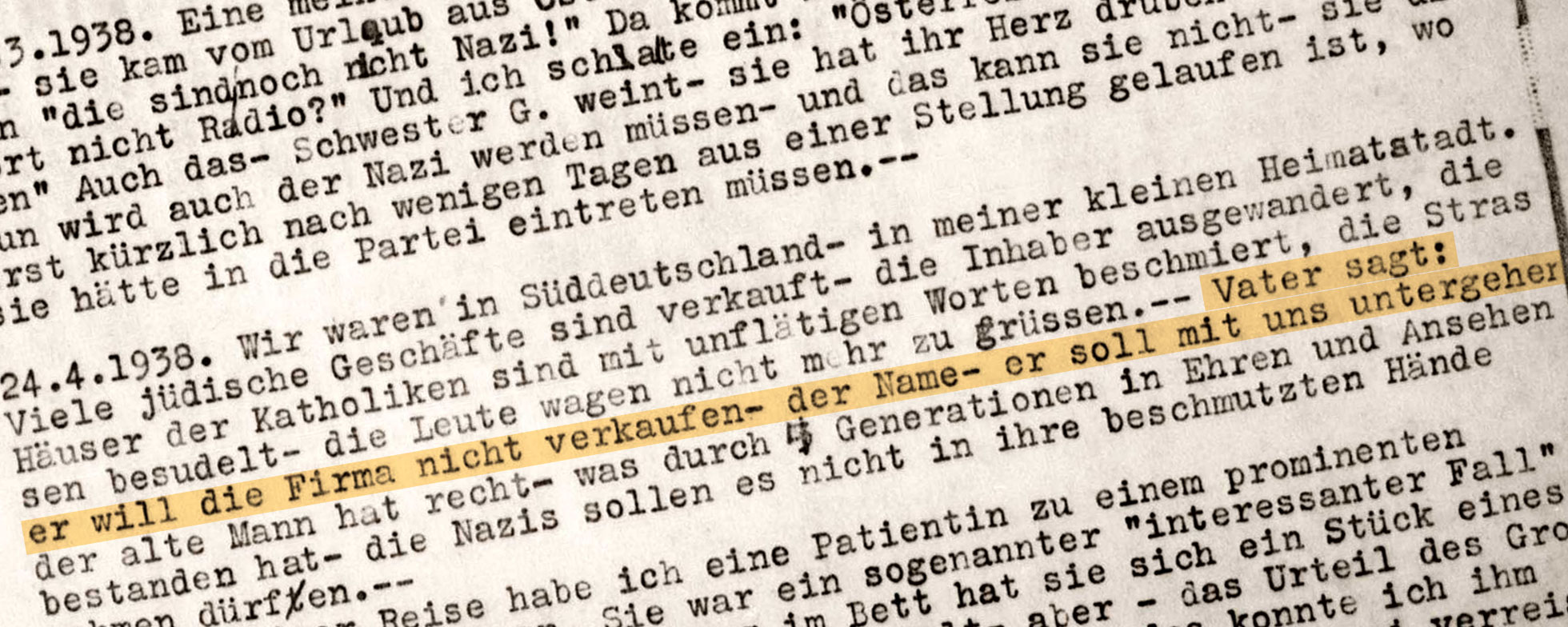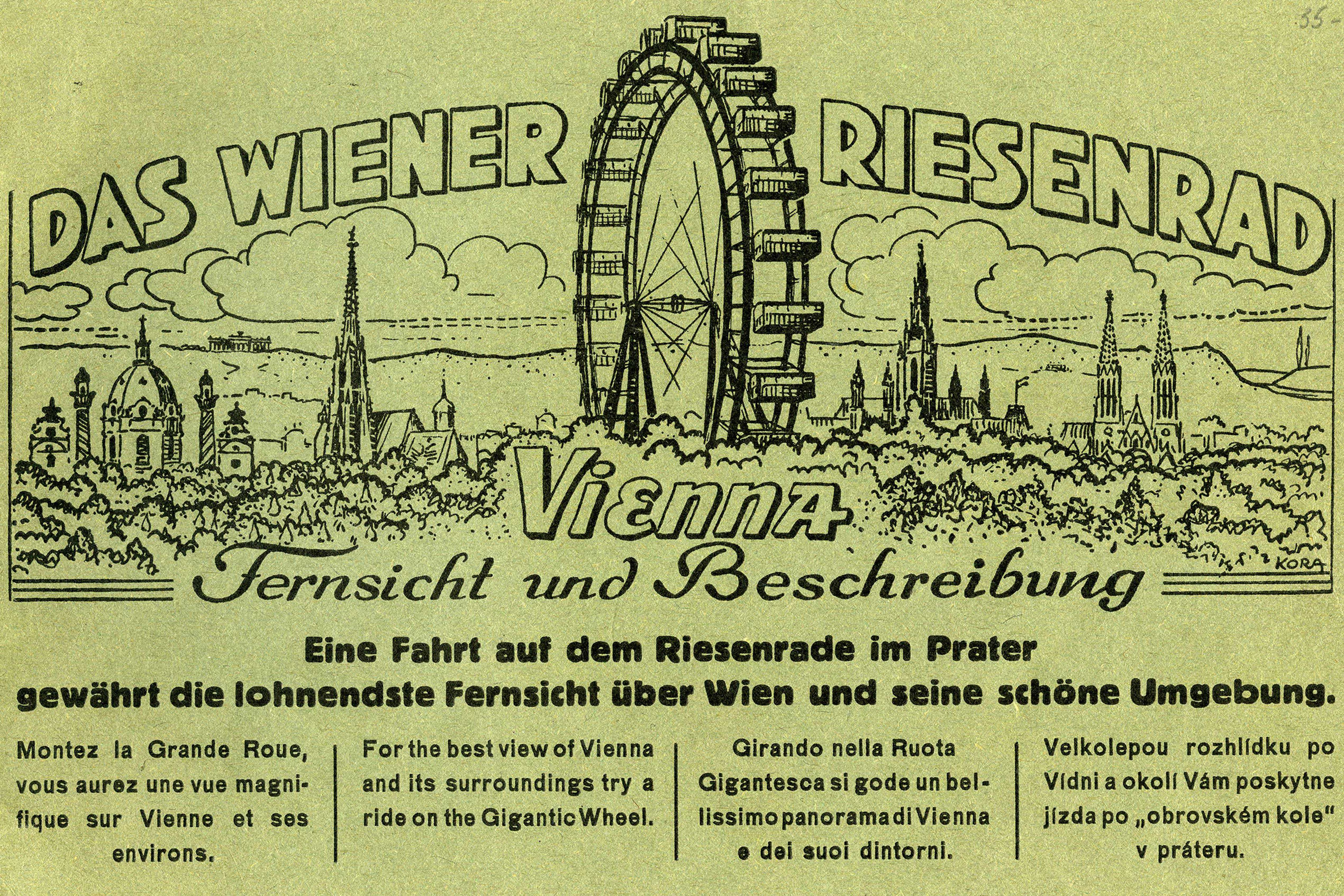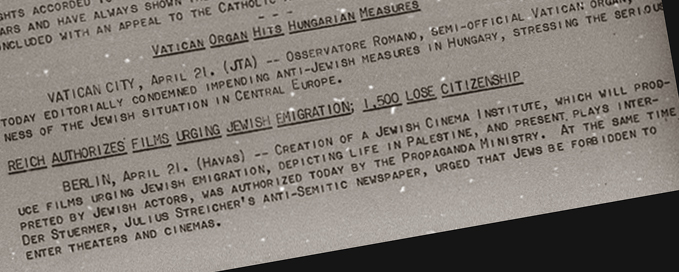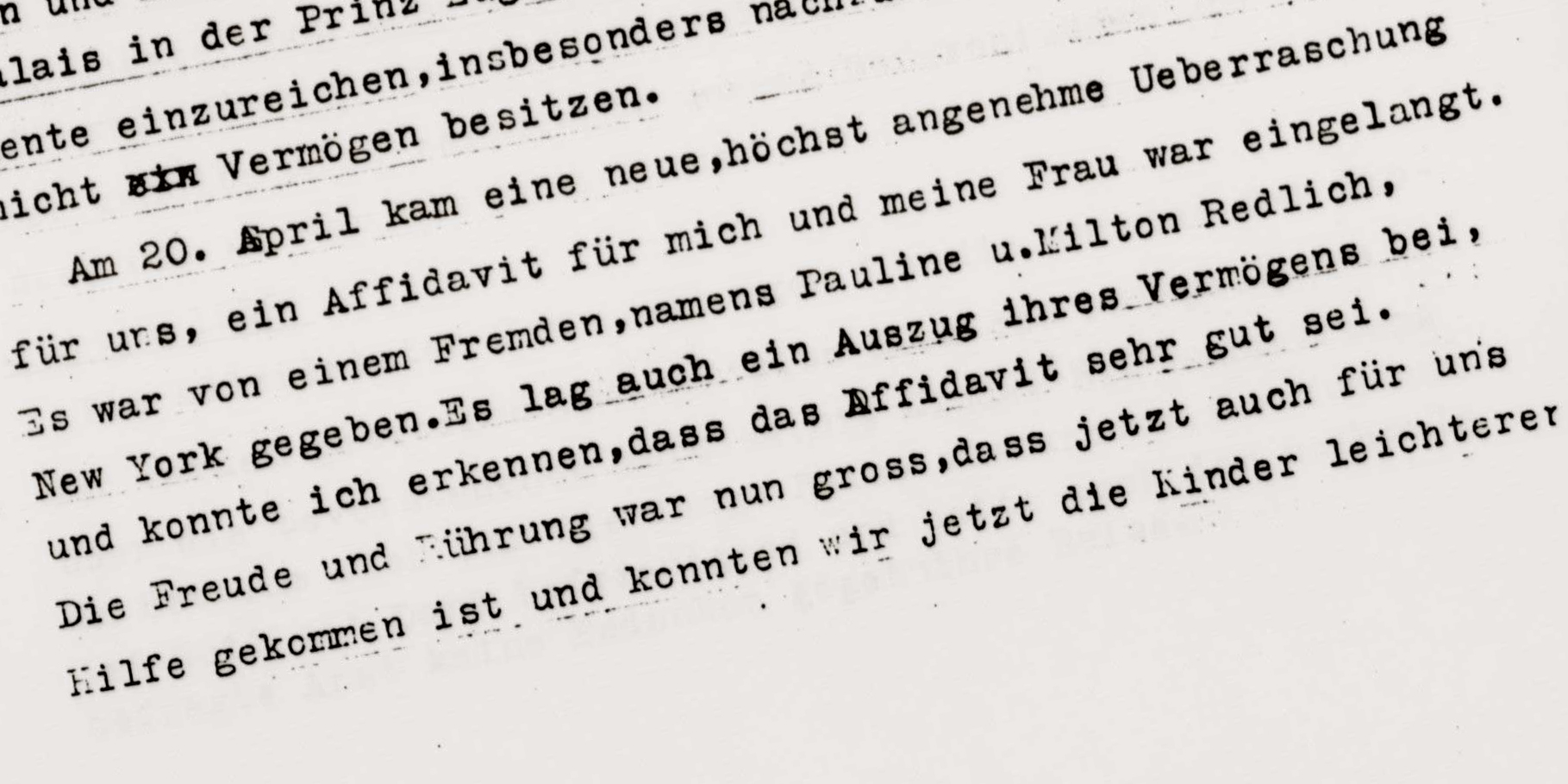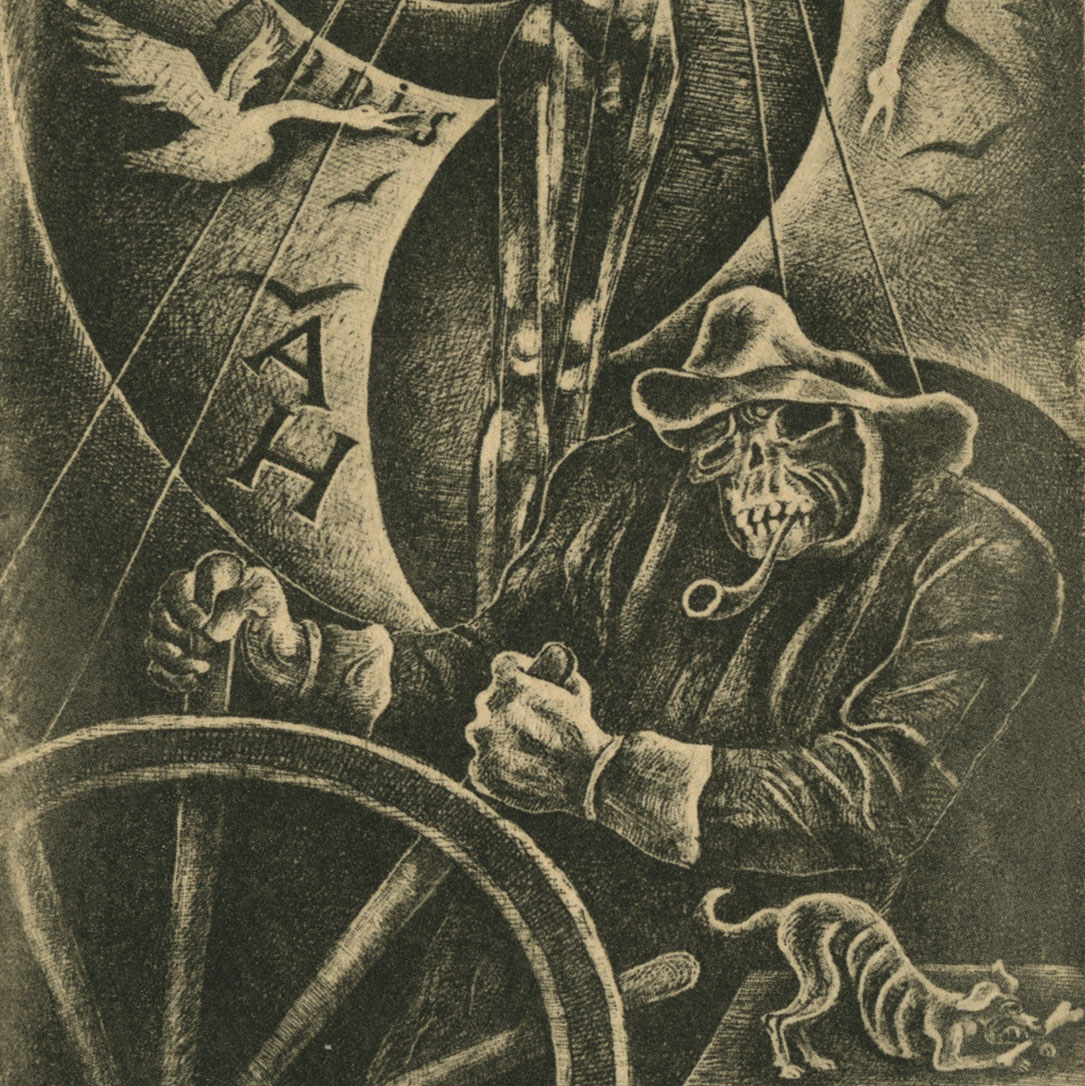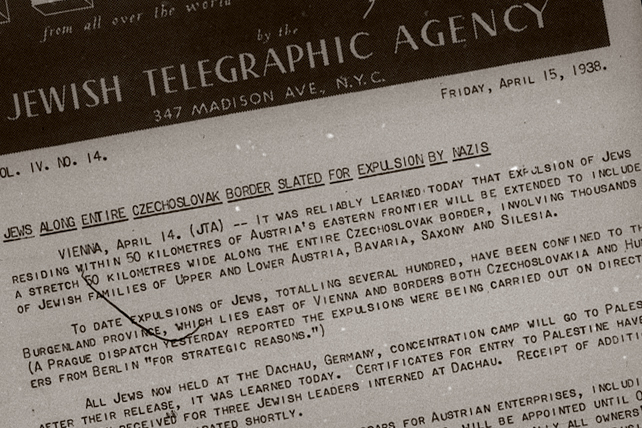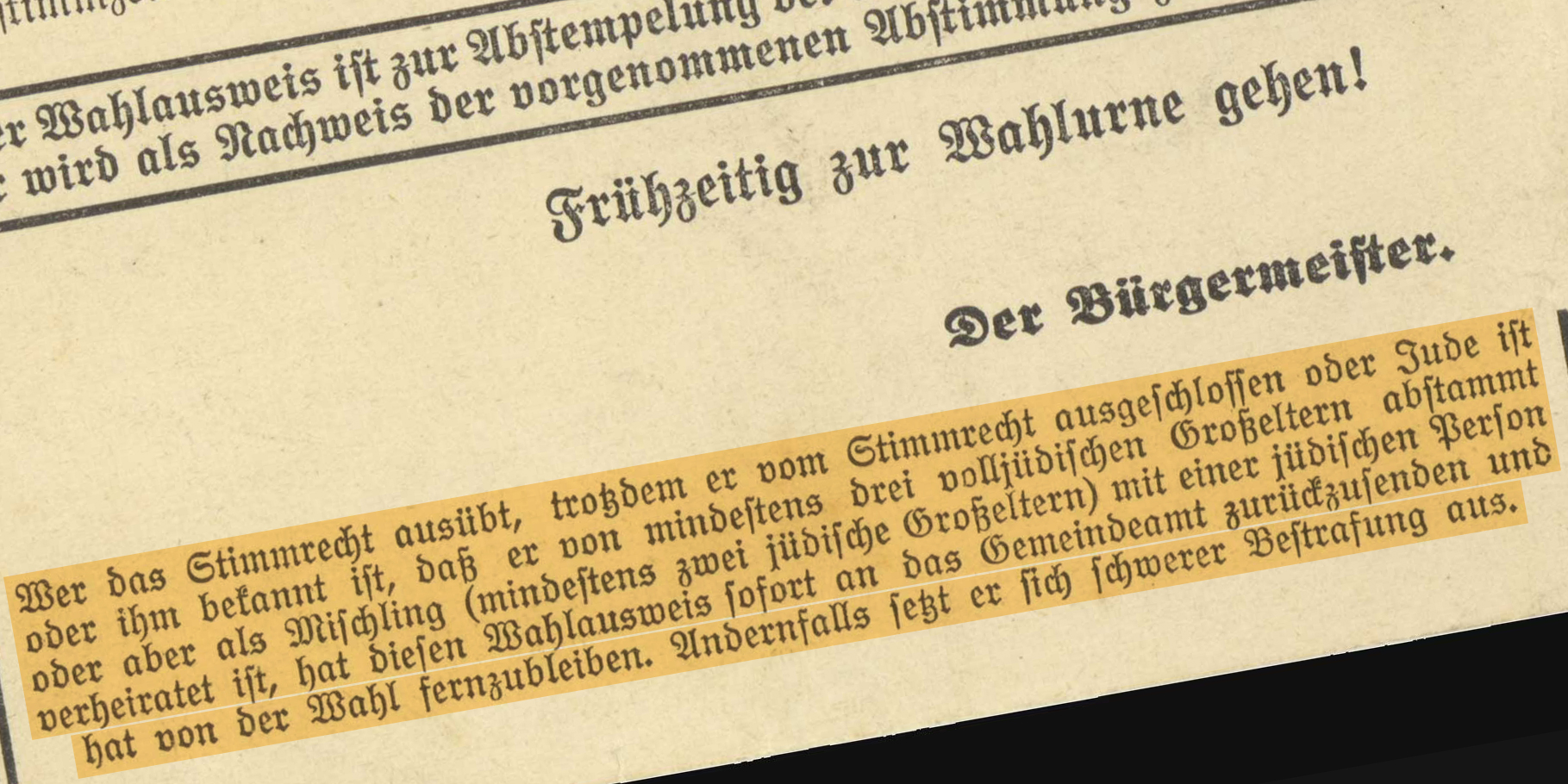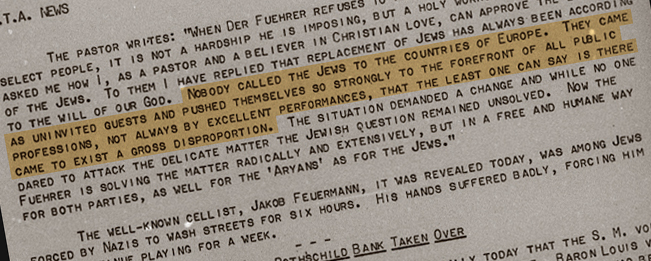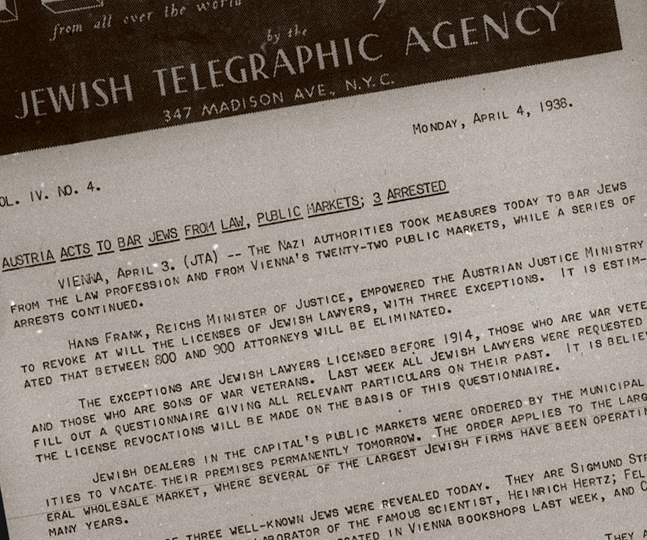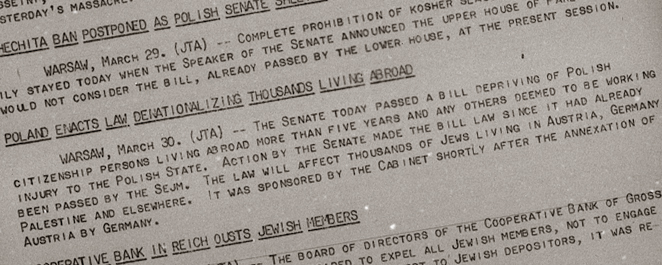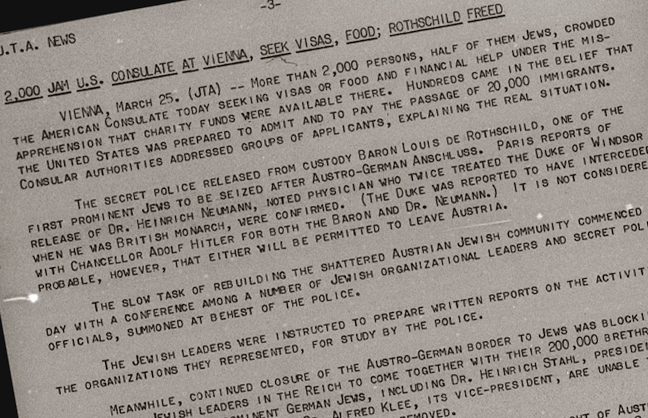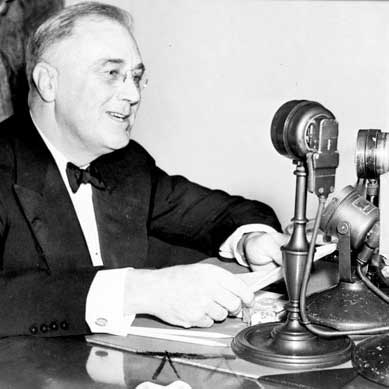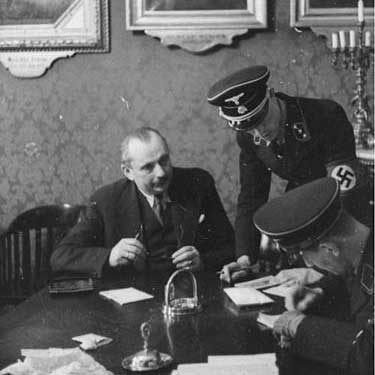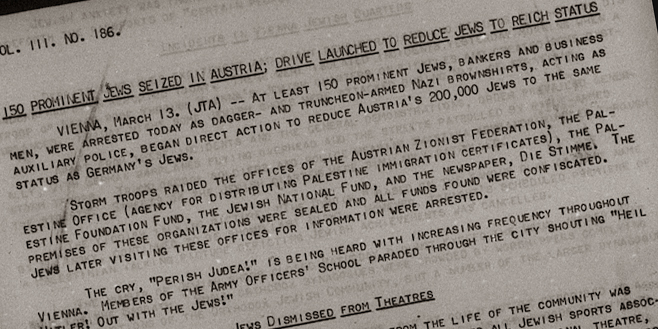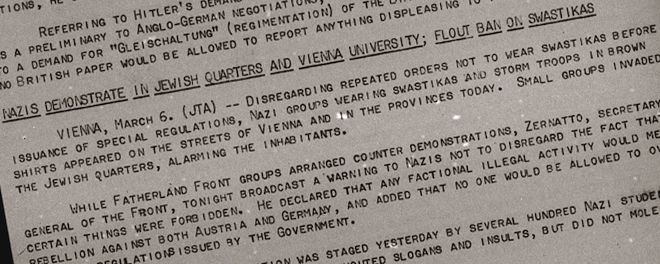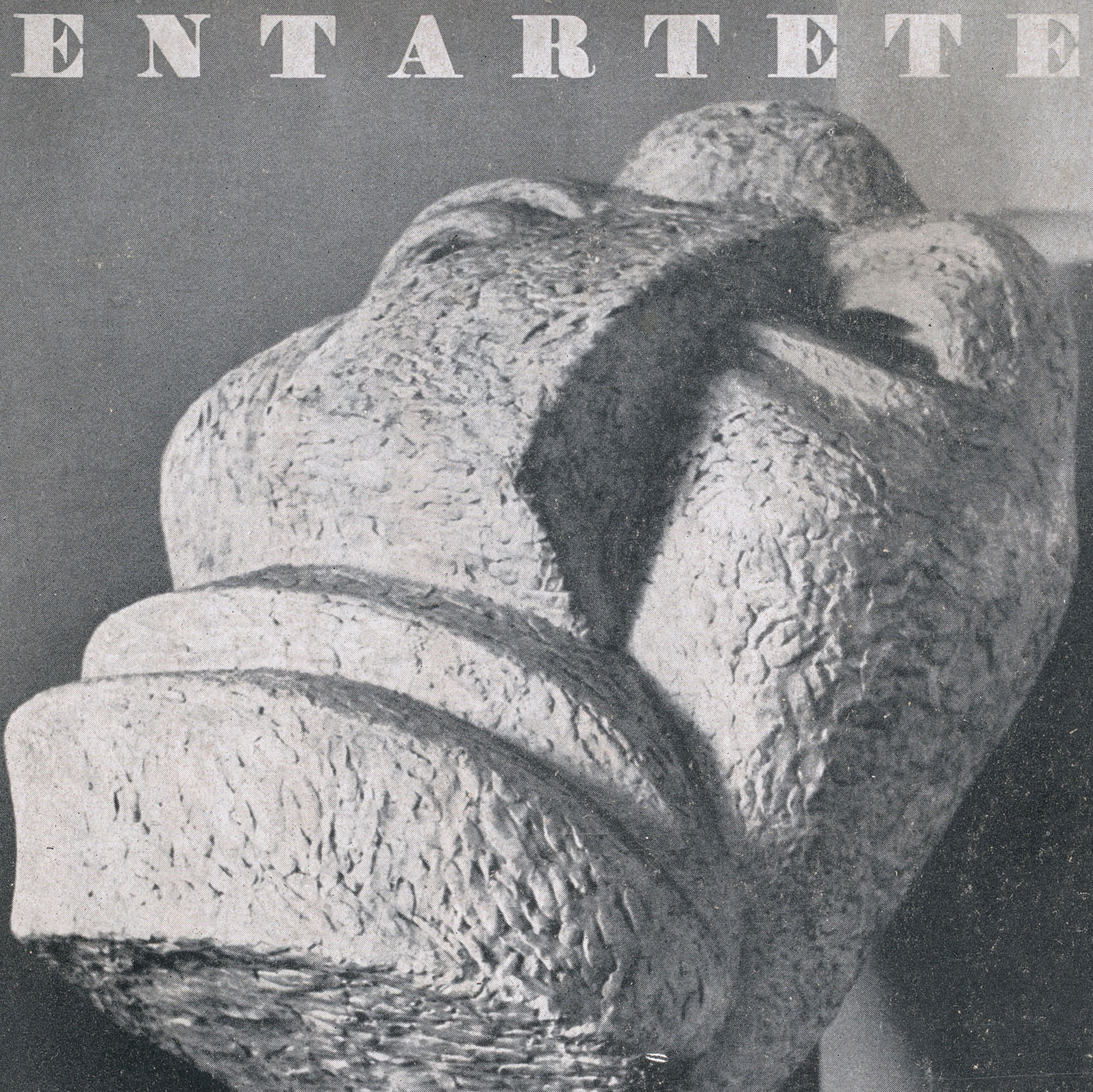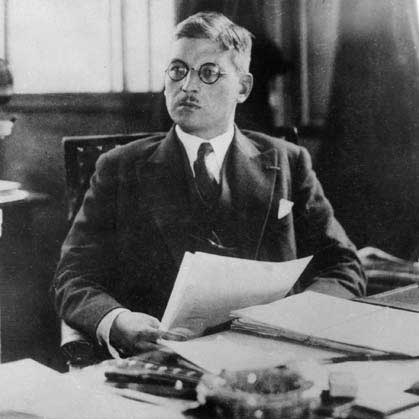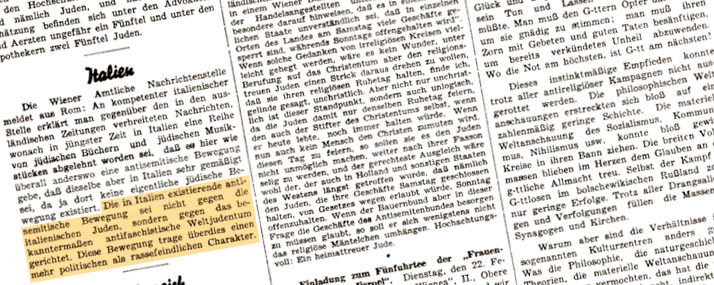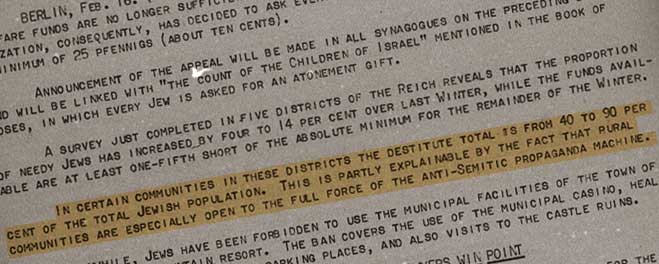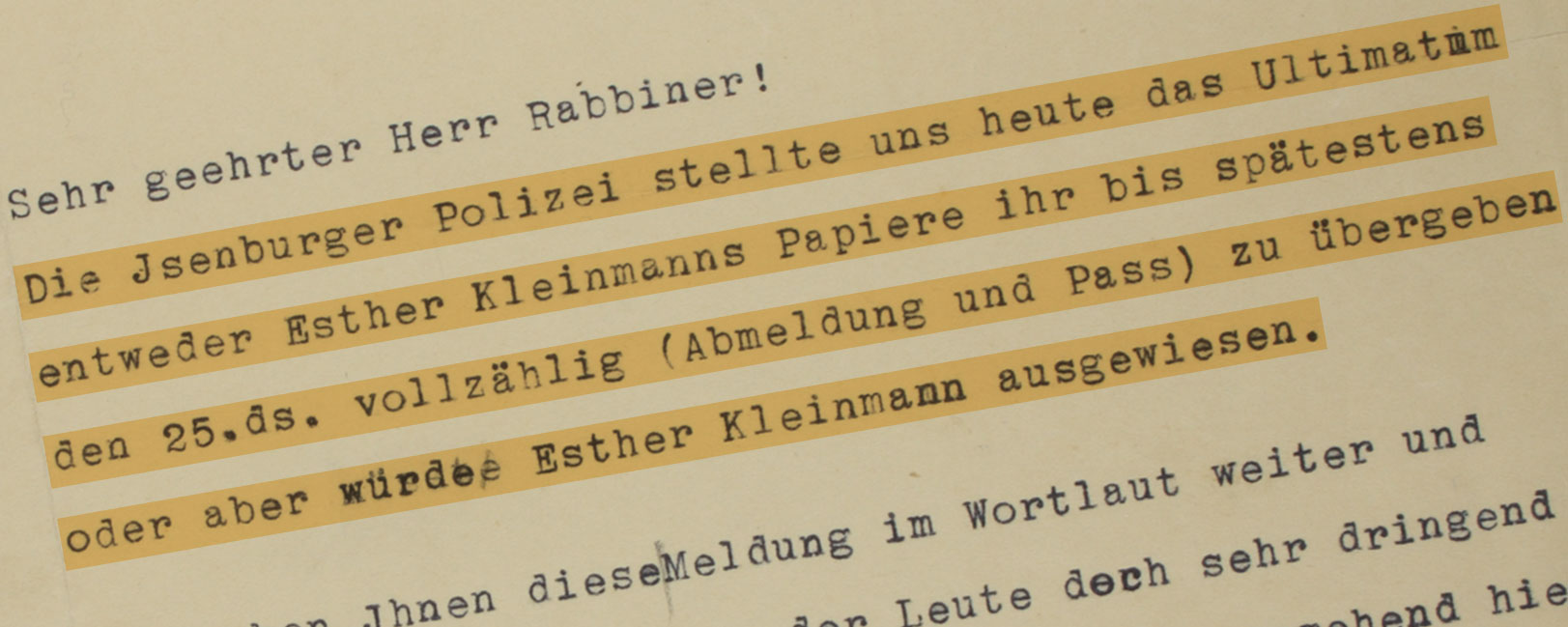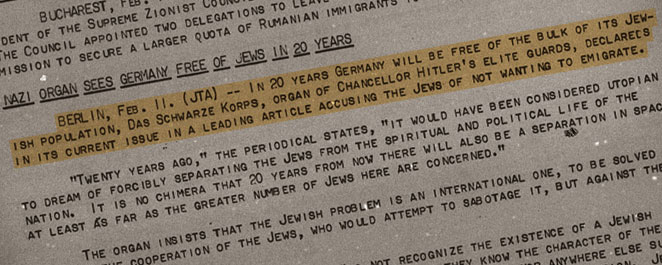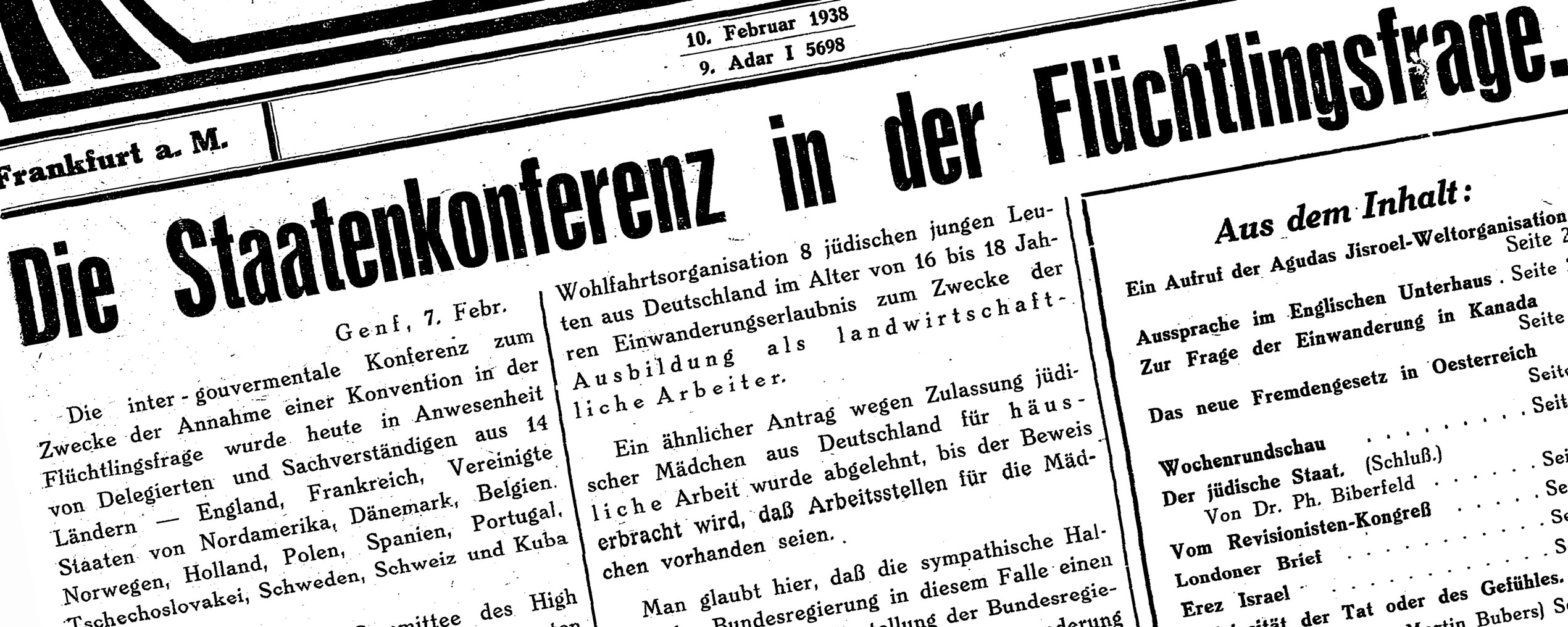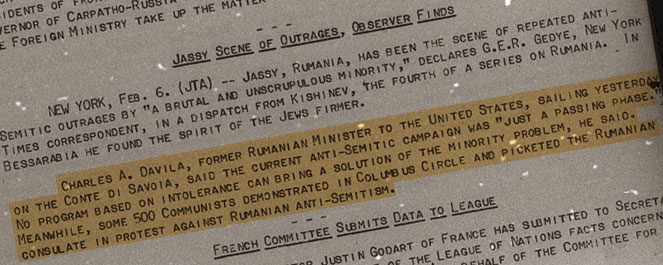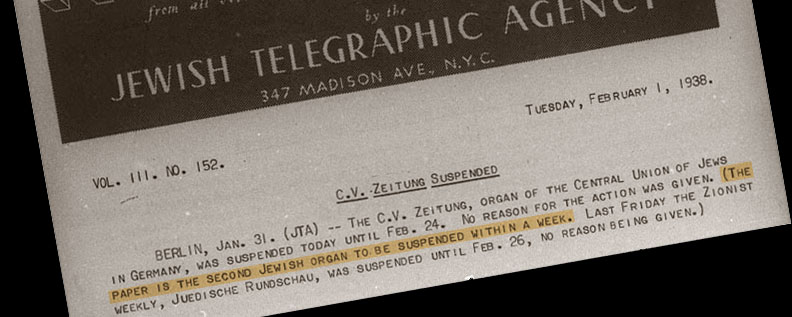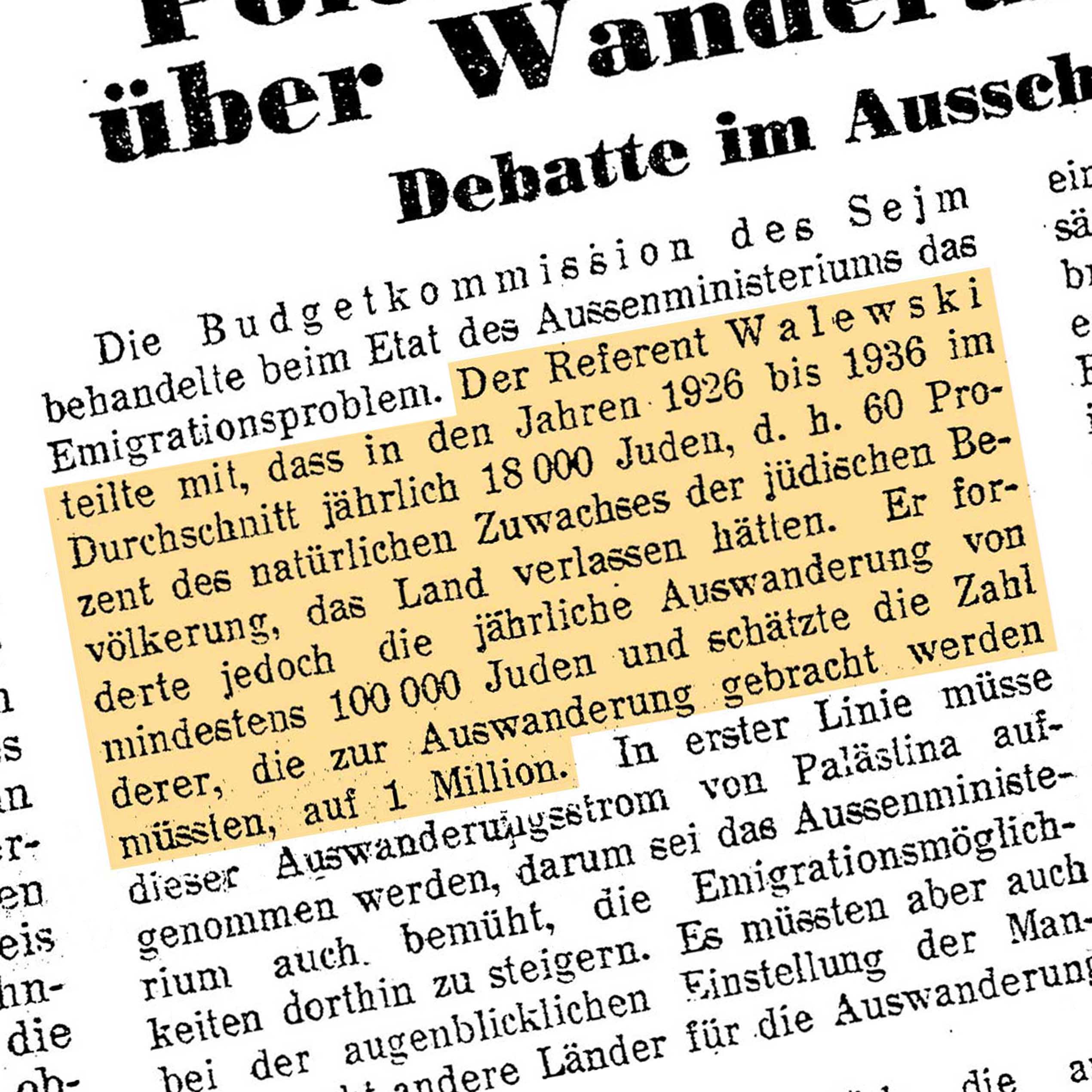Antisemitic premises
Hungarian nobleman criticizes a proposed bill that would restrict freedom of Jews
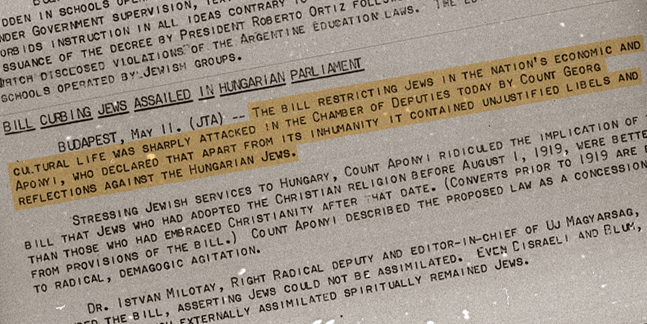
“The bill restricting Jews in the nation's economic and cultural life was sharply attacked in the Chamber of Deputies today by Count Aponyi [sic], who declared that apart from its inhumanity it contained unjustified libels and reflections against the Hungarian Jews.”
Budapest
From its inception, the Horthy government had made no secret of its antisemitism. As a matter of fact, in 1920, Hungary was the first European country after World War I to introduce a numerus clausus to limit Jews’ access to higher education. First in reaction to territorial and demographic losses in WWI, later in the wake of the Great Depression, there was a striking proliferation of fascist and right wing extremist movements in Hungary, some calling themselves “national-socialist.” One such group was the rabidly antisemitic Arrow Cross Party, founded in 1935. In 1938 a bill was introduced to restrict the economic and cultural freedom of Jews in the country. This May 11 report from the Jewish Telegraphic Agency describes Count Apponyi’s vehement critique of the bill in the Chamber of Deputies. Dr. Istvan Milotaj, deputy of a right-wing party, defended the bill, claiming that Jews could not be assimilated and that even figures such as Disraeli and Blum had “spiritually remained Jews.”
SOURCE
Institution:
Collection:
“Bill Curbing Jews Assailed in Hungarian Parliament” 
Source available in English

